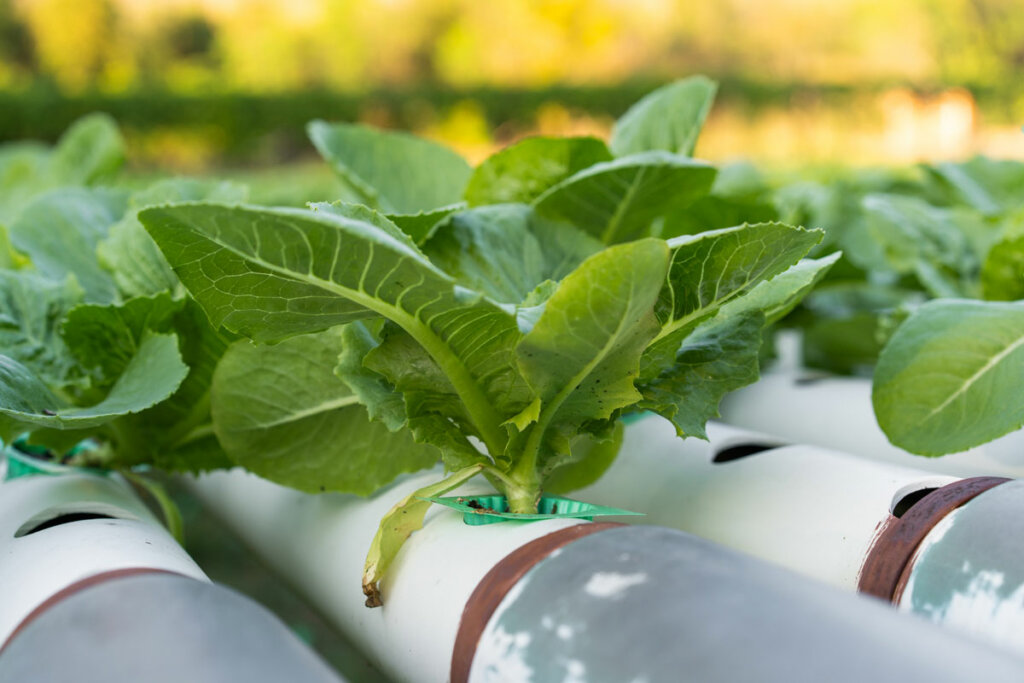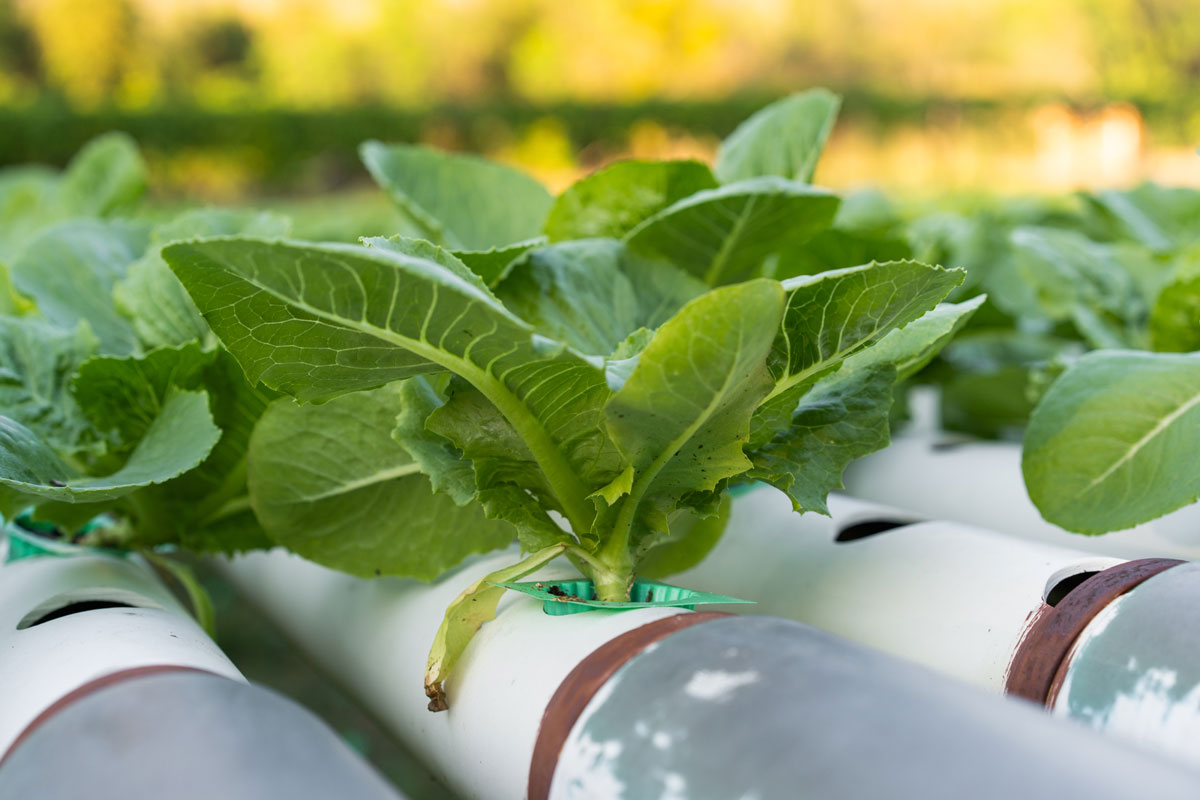If you’ve ever wondered how you can raise food year-round (and not just cold-hearty vegetables, but tomatoes and even tropical trees), or if you’ve ever considered getting a dairy goat or dairy cow, today’s podcast with Andrea from VW Family Farm in Arkansas is just for you.

In this episode of the Pioneering Today Podcast (episode #301), I’m talking with Andrea Vinson of VW Family Farms. Andrea and her family live on a 700-acre farm where they homeschool their children and raise over 100 head of cattle, 40 pigs, 200 chickens, 15 beehives alongside sheep, dogs, cats, turkeys, ducks, and more.
They also have 22,000 feet of garden space where they grow their own fruit and vegetables, including tropical fruit like papayas! They utilize a greenhouse fitted with an aquaponic system which allows them to grow summer-time vegetables year-round, and it also allows them to raise their own tilapia fish.
If aquaponics, raising your own fish, or growing tropical fruit is on your bucket list, this is the podcast for you.
Andrea also dives into her preferences (and pros and cons) of raising dairy goats vs. dairy cows. This is a jam-packed episode, so grab a cup of coffee and let’s get chatting!
In this episode of the Pioneering Today Podcast (episode #301):
- Andrea shares about her family’s 700-acre farm.
- What got them started on their homesteading journey.
- How they use hydroponics and a greenhouse to grow veggies year-round as well as raise tilapia.
- Advantages of using aquaponics in a greenhouse.
- How aquaponics plus the greenhouse allow them to grow summer crops all year long.
- How they raise dairy animals without being tied down to daily milking schedules.
- Pros and cons of raising dairy goats and the differences between dairy goats and dairy cows.
- How much milk they get each day and if they pasteurize the milk or keep it raw.
- Connect with Andrea on YouTube at VW Family Farm, on our Facebook group, or on Instagram.
- Be sure to check out their aquaponics playlist on YouTube right here.
Table of Contents[Hide][Show]
This Podcast Sponsored by Butcher Box
This episode of the Pioneering Today Podcast was sponsored by Butcher Box!
Butcher Box contacted me a while back to see if I would like to try out their meat products. When I let them know I wasn’t interested because we already raise a year’s worth of meat here on our homestead, they let me know about their seafood box.
This really piqued my interest because, other than catching a year’s worth of crab, we don’t have access to much other seafood (other than the occasional salmon that run the river near us).
I also started thinking about all my readers who haven’t quite made the leap to living on a homestead or farm where they’re able to raise their own meat, so I at least wanted to give it a try to see if Butcher Box would be a viable option.
In my first box, I received halibut, lobster tail, steaks, ground beef, pork sausage, and chicken. I know I said we didn’t need most of those products, but in full transparency, I didn’t want to recommend something that I hadn’t tried myself, so I got a variety.
Truthfully, the only differences I noticed were in the ground beef. Our home-grown ground beef is slightly deeper red in color and the Butcher Box ground beef was slightly leaner than our own. Other than that, the flavor of all the meat was phenomenal and I truly love their sourcing practices.
Butcher Box ensures all their meat products are raised using the healthiest methods, including grass-fed AND grass-finished beef, free-range organic fed chickens, pastured pigs, and wild-caught fish.
I will continue to order the seafood box for my family in the future. And if you want to try out Butcher Box, first time orders can actually get a free essentials bundle in your first box!
The essentials bundle includes 3 lbs. of chicken breast, 2 lbs. of pork chops, and 2 lbs of ground beef. If you want to try out for yourself, head on over and place your order on Butcher Box.
[fusebox_transcript]
Interested in hearing from more homesteaders? Check out these interviews.
- Tips for Homesteading Off-Grid & Life w/out a Fridge or Running Water
- 7 Self-sufficiency and Simple Living Lessons from the Amish
- Urban Homesteading – Tips for Small Space Self-Sufficiency
- Unplugging for One Year with Rory Feek
- Cooking on a Wood Stove
- How to Get Everything Done in a Day Without Wasting Time or Getting Distracted
- How Homesteading Helped Lyme Disease Recovery
- Biggest Homestead Mistakes We Made & What to Avoid
- What to do When Homesteading Gets Tough
- Foolproof Methods When Garden Overwhelm Sets In Jessica Sowards of Roots & Refuge
- Maximizing Your Homestead for Profit & Production (with Joel Salatin)
- A Military Wife’s Look on Homestead Preparedness
- Eating a Year of Hand Harvested Food with Alexia
- The Homestead Documentary Project



